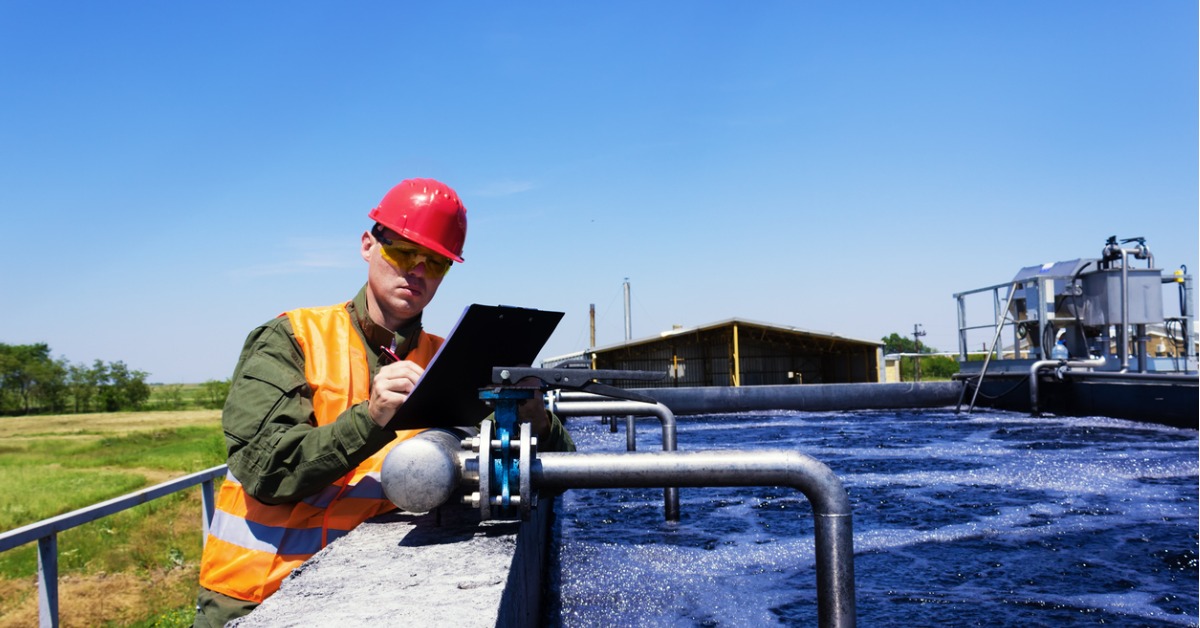
Water is the essence of life - for humans and animals. Water quality is an important consideration for farmers, particularly when it comes to livestock. This is because livestock on farms without good quality water won’t drink as much as they should. As a result, they’ll also eat less and not put on as much weight. Additionally, using untreated water for agricultural purposes may not be the best choice as it could be diseased.
Water Quality Problems
Australian farms and farmers can encounter a number of water quality issues that can impact livestock. These issues include salinity, which can be caused by the clearing of land, as well as salt poisoning from high concentration of salts in the water. Pregnant, lactating and young livestock are all particularly vulnerable to salt poisoning. Salinity can also impact crops and pasture through poor growth, reduced plant reproduction, poisoning and death.
Water sources can also be contaminated with blue-green algae, which can then lead to high levels of toxins that are poisonous to animals and humans.
Another potential issue is traces of toxic heavy metals being found in drinking water, which is known to cause toxic effects or residue issues in livestock. If heavy metal or chemical residue is in livestock tissue, it could lead to serious trade losses for farmers. Humans that drink water containing heavy metals can also experience negative health effects.
Finally, livestock often drink from the same water source as wild animals, so it’s no surprise that the water may sometimes become contaminated with bird droppings and animal faeces. The contamination of water with organic matter can cause botulism in cattle and salmonellosis in sheep.
Ways to Improve Water Quality
There are a range of measures that farmers can take to improve the quality of water available for livestock.
Limiting Water Source Accessibility for Livestock
By not allowing livestock to gain access to open dams and waterways on the property, you can reduce the risk of contaminating the water source from livestock wastes. You can also protect the soil and vegetation around the water source.
Water Aeration
There are some easy and cost-effective methods farmers can use to improve the quality of the water on their property. A study in Canada compared the difference of cattle drinking water aerated and pumped to a trough compared to drinking from a dugout. Just aerating the water to a trough without any treatment produced weight gains in calves compared to those drinking from the ground. The weight gain improvement in cattle was 9-10% over a 90 day grazing period most years.
Testing and Cleaning
Salinity problems increase during the summer months due to evaporation, meaning salinity levels should be checked often. Salinity levels can be decreased by scrubbing and flushing water troughs up to twice a week.
Troughs should be kept in shade during the summer months, meaning livestock can avoid drinking warm water. Higher water temperature is also more likely to contain dangerous levels of bacteria. Sheep and cattle can drink 80% more water during extreme heat and 40% more water in summer than winter.
UV Sterilisation
UV sterilisation uses energy to kill microorganisms including bacteria and viruses. The UV hits a cell, which penetrates the outer membrane to disrupt the DNA, working to prevent reproduction.
Reverse Osmosis
Reverse osmosis involves pushing water through a semipermeable membrane to remove impurities. The thin film composite allows hydrogen and oxygen to pass through so that the filtered water is suitable for livestock.
Water Purification Treatment
There are products available that improve the water quality to help make it safe and appealing for livestock. Chlorine has been used to treat drinking water for humans and animals for many years. Its only drawback is the odour and taste.
Sanosil is another treatment option that doesn’t have the same problem with taste or odour. It uses hydrogen peroxide and silver to treat the water so it's also better for the environment than chlorine. When hydrogen peroxide breaks down, the by-products are oxygen and water. Chlorine or bromine reacts with organic material to present in water causing the by-product trihalomethanes to form. Some governments set limits on the amount permissible in drinking water. Sanosil is also effective against moulds, fungi, viruses, yeast and bacteria.
By using Sanosil in your livestock drinking water, you’re killing bacteria that can cause disease and harm to the animal.
For more information about using Sanosil to treat water on your property, contact us online or call us on 1300 29 32 32.